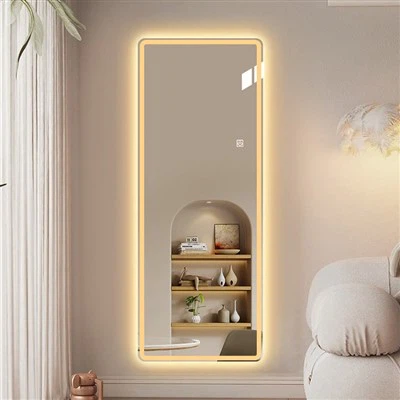Dichroic glass is a fascinating material known for its vivid color-changing properties. With the development of history, the production process of dichroic glass is also constantly developing. This glass can reflect and transmit different colors of light, giving it a multi-color effect that changes with the Angle of view. Dichroic glass was originally developed for aerospace applications. It is now widely used in art, jewelry, architecture and design due to its unique optical properties.
Dichroic glass manufacturing process
Dichroic glass is made by a multi-step process. This involves depositing metal oxide films onto a glass substrate in a highly controlled environment. The key method for producing dichroic glass is vacuum deposition, a technique that ensures the precise application of metal layers. Each stage of the dichroic glass manufacturing process is described in detail below.
Preparation of substrate glass
The process begins with the selection and preparation of the base glass. We start by cutting the glass to the desired size and shape. Then the glass surface should be cleaned to remove the residue on the surface. Any dust and grease on the surface of the glass will interfere with the deposition of metal oxides. Therefore, the glass is usually cleaned with a special solvent and rinsed with ionized water.
Vacuum deposition process
The core of dichroic glass production process is vacuum deposition. This method allows manufacturers to apply an extremely thin layer of metal oxide to the glass surface in a vacuum chamber. There are many types of vacuum deposition techniques. But dichroic glass is most commonly used by electron beam evaporation or sputtering.
Electron beam evaporation: In this method, an electron beam is used to vaporize a metal oxide, which is then deposited on a glass substrate. The glass is placed in a vacuum chamber where the metal oxide is heated to extremely high temperatures by an electron beam, causing it to evaporate. As the evaporated metal condenses, it forms a thin, uniform layer on the surface of the glass.
Sputtering: Sputtering is another technique used to deposit thin films of metal oxides. In this process, high-energy particles (usually ions) are directed towards the target material (such as titanium or silicon), shooting down atoms or molecules. These atoms then condense onto the glass substrate to form a thin, uniform layer.
The layered structure of metal oxides
In order to observe the different color effects of dichroic glass from all angles, multiple layers of metal oxides are deposited on the glass. Each layer is only a few nanometers thick, which is thinner than the width of a human hair. These layers work together to manipulate light through a process called interference.
Interference: When light hits the surface of dichroic glass, some wavelengths of light are reflected, while others are not. The specific wavelength of the reflected or transmitted light depends on the thickness and composition of the oxide layer. The manufacturer controls the thickness of these layers to create different colors of light.
Typically, glass is coated with 15 to 50 layers of metal oxide. This ensures that the colors show the full effect. The most commonly used oxides include titanium dioxide, silicon dioxide and chromium oxide. However, other materials can be used to achieve specific colors or effects.
Heat treatment
After the metal oxide layer is deposited, the dichroic glass also undergoes a heat treatment or annealing process. This step helps to bond the metal layer more firmly to the glass substrate, thereby improving the durability of the dichroic coating. The glass is heated to high temperatures and then cooled slowly to release internal stresses. Annealing also ensures that the layers are uniform and the color effect is displayed consistently.
Quality control and inspection
After heat treatment, dichroic glass goes through a strict quality control process. Each piece of glass is inspected to see if there are any defects such as bubbles. In addition, the optical properties of the dichroic glass are tested to ensure that the glass reflects and transmits the correct colors. Only glass that passes inspection can be approved for use in various places. Please believe that our products have passed the quality inspection!






